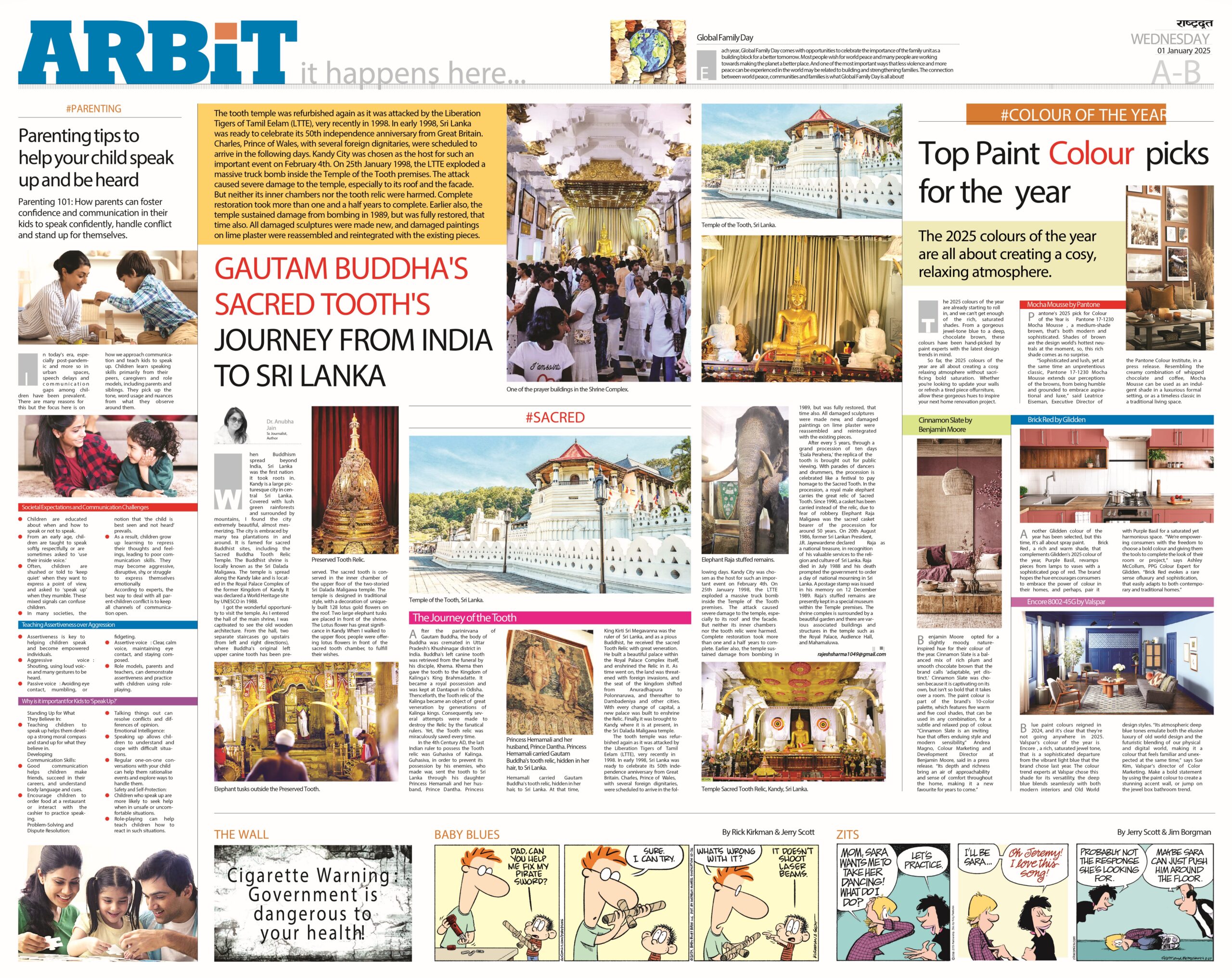Photo articles on Sri Lanka’s Buddha Tooth Temple published in national newspapers Lokmat, Rashtradoot, Rajasthan Patrika and First India newspaper’s Sunday edition.
An unheard journey of Buddha’s sacred tooth relic sent from India and dt is in today’s time conserved in Sri Lanka’s Kandy shrine. Can read the issue online also https://firstindia.co.in/epapers?city=Jaipur&date=2020-05-24&page=10



















Leave a comment